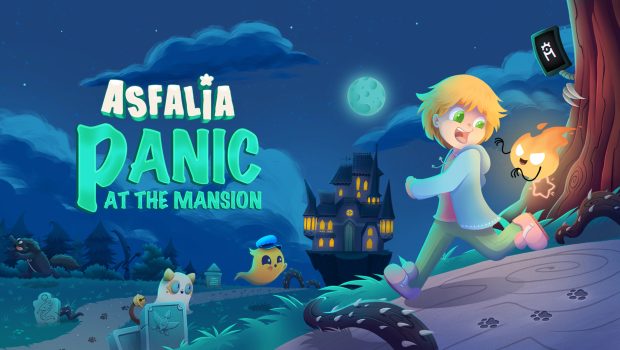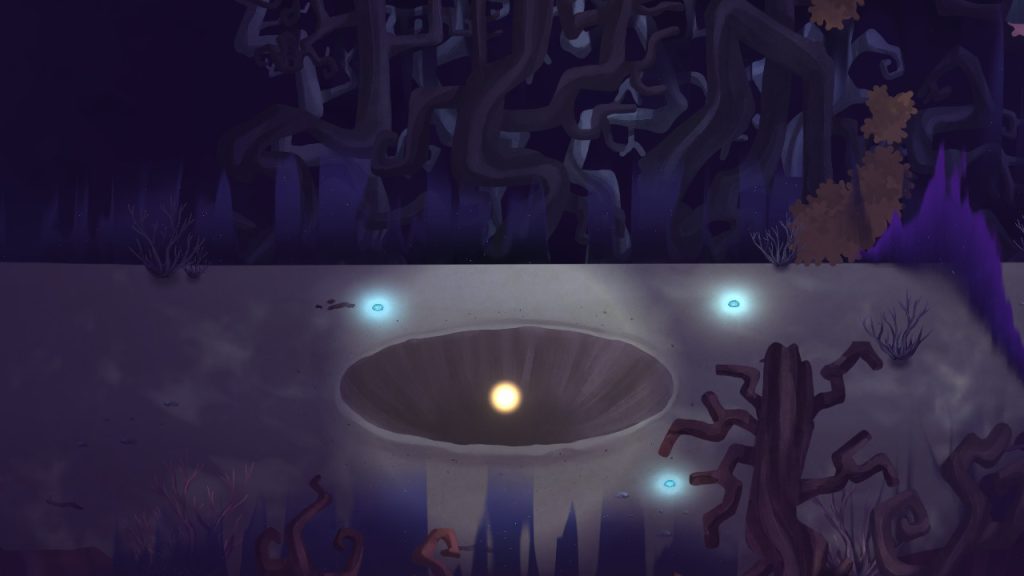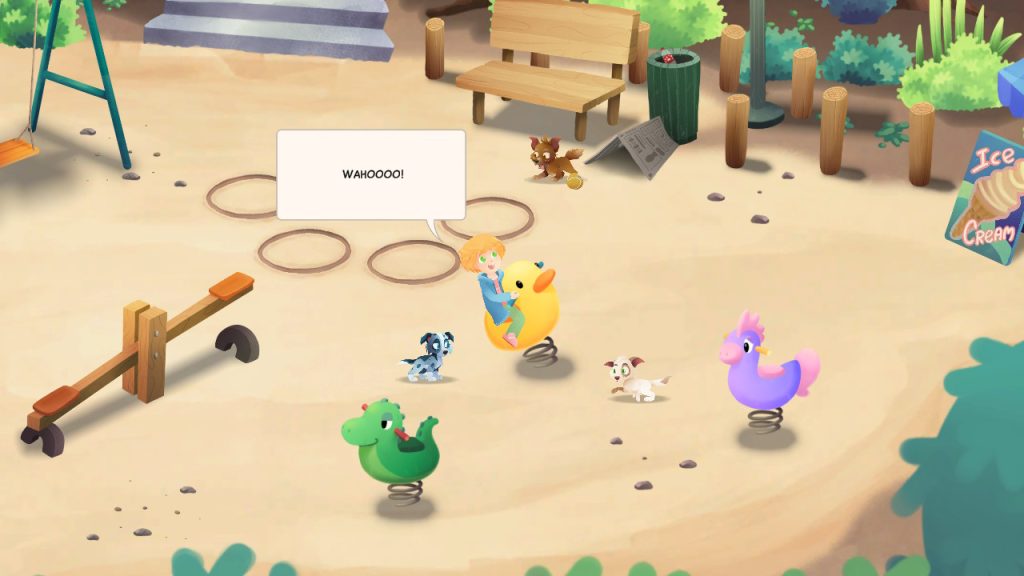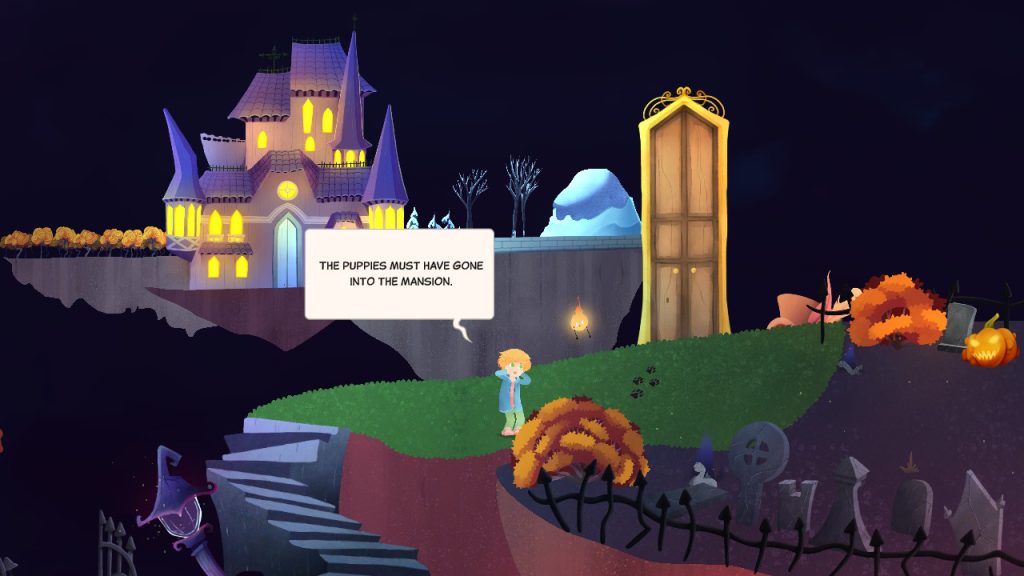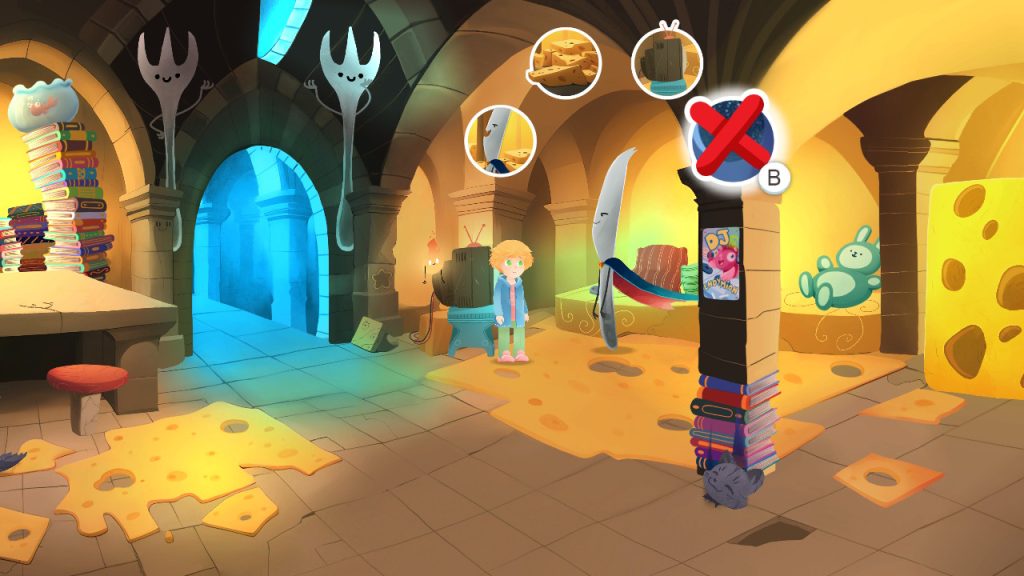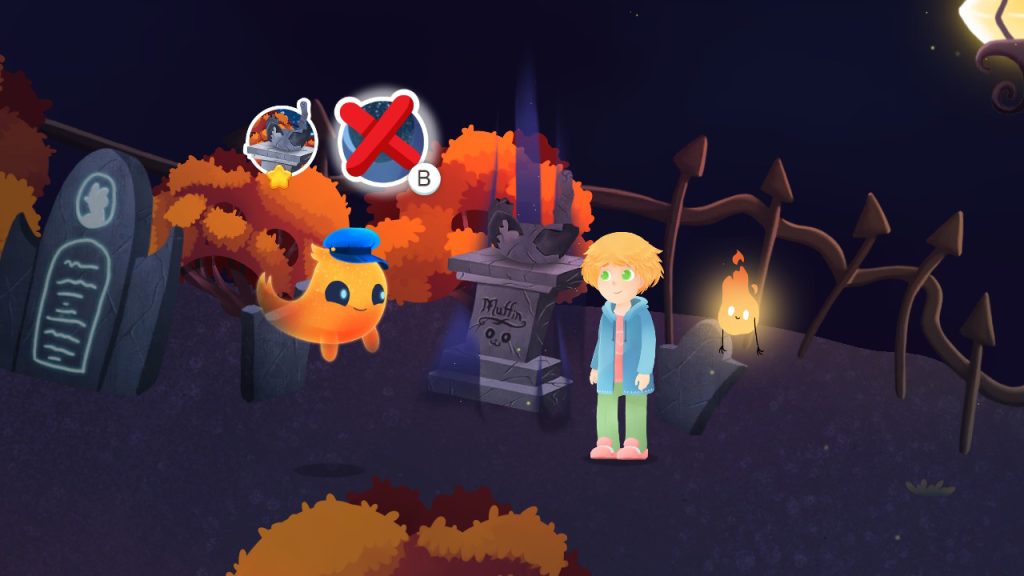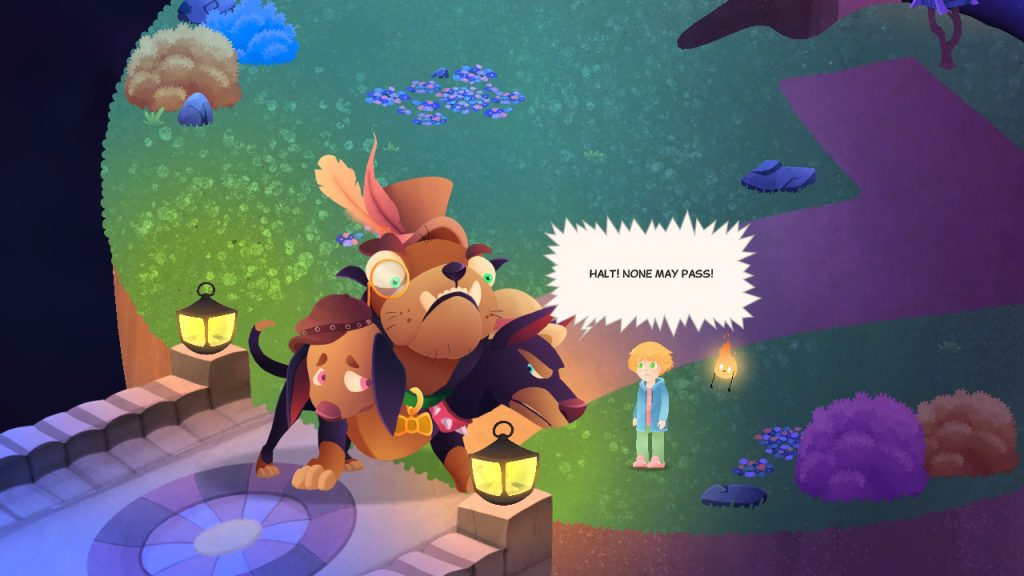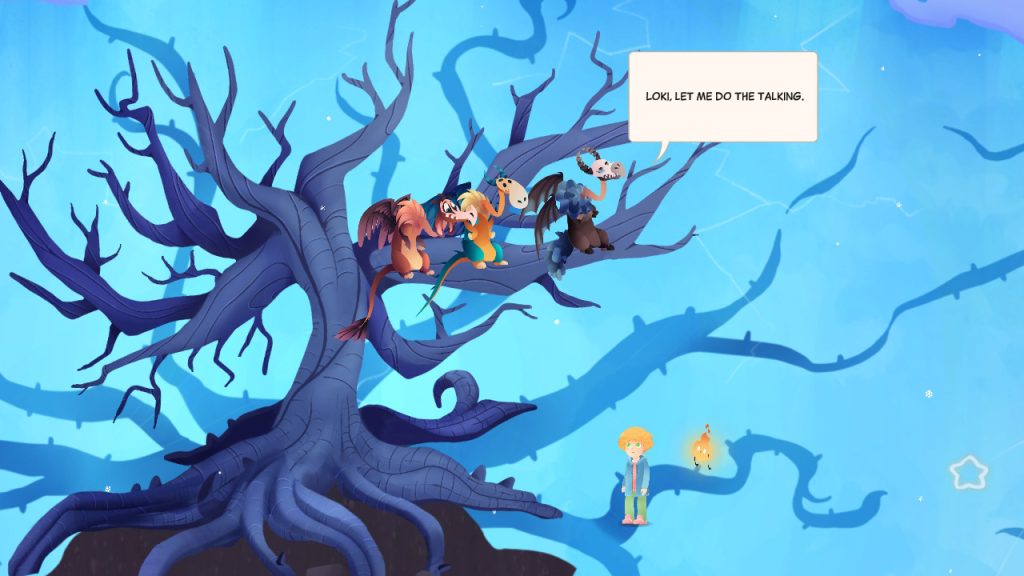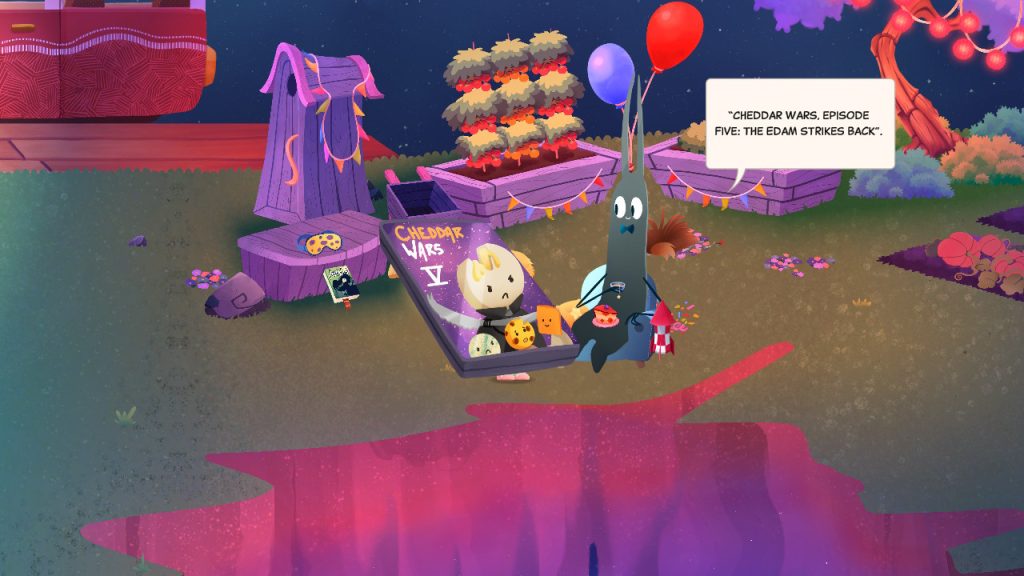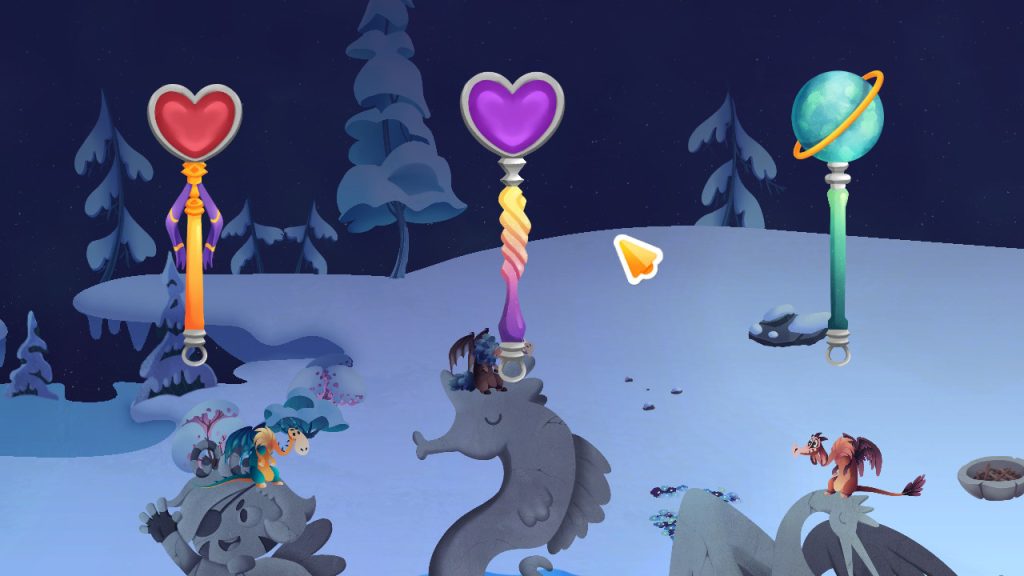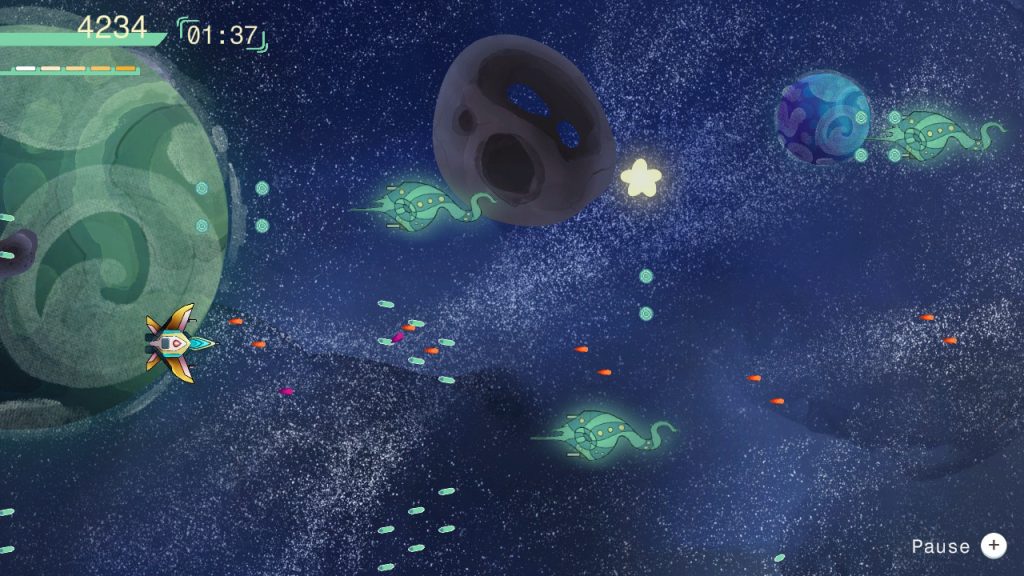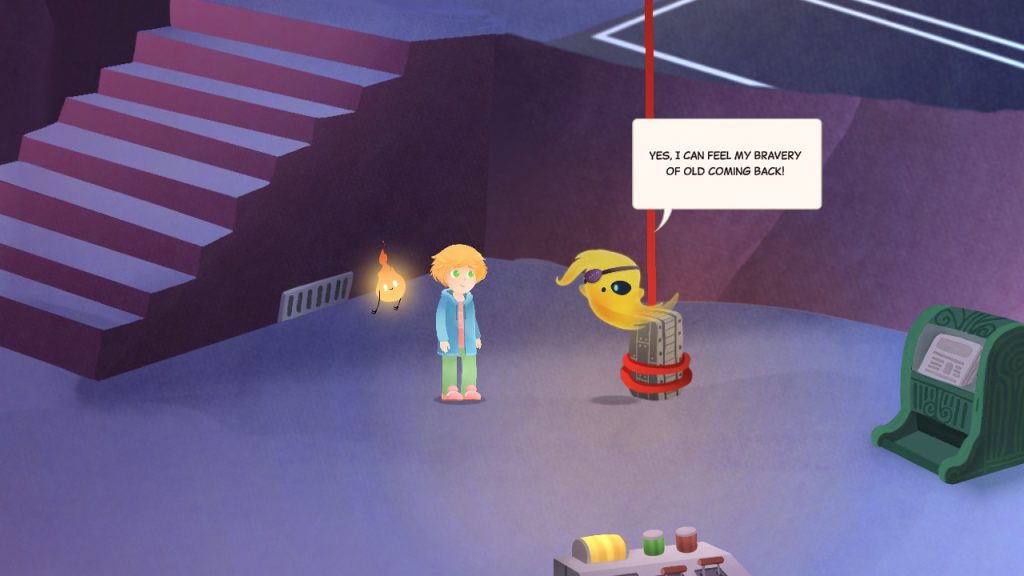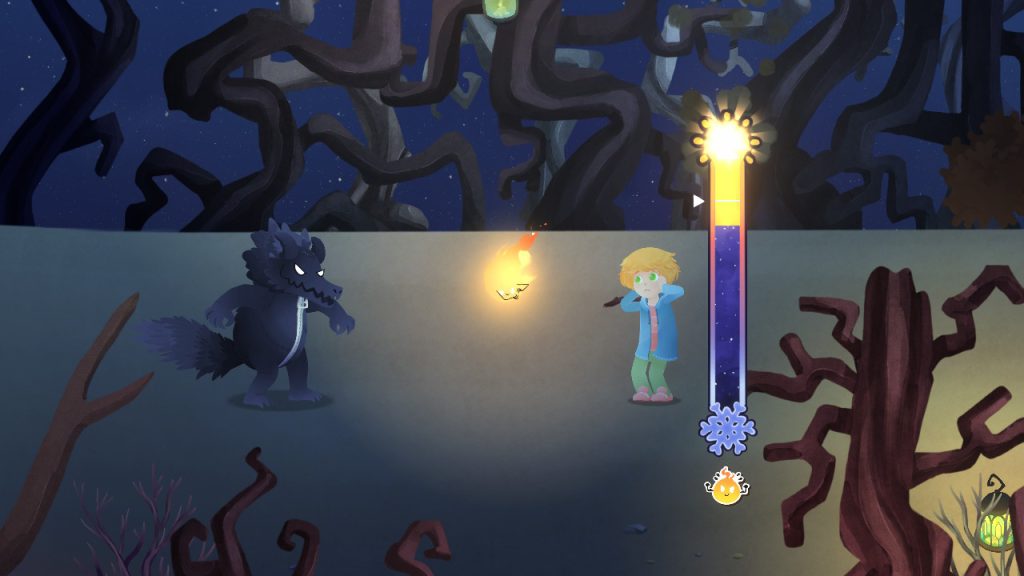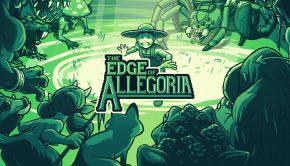Asfalia: Panic at the Mansion Review (Switch)
Summary: Asfalia: Panic at the Mansion is a charming, family-friendly adventure that feels like a step forward for the series. It isn’t perfect due to bugs, pacing stumbles, and light replay incentives that hold it back, but its imaginative world, approachable gameplay, and heartfelt themes make it a strong recommendation for parents seeking a wholesome, funny, and engaging game to enjoy with their kids. It’s proof that even in the face of darkness, a little courage and a spark of light can carry an adventure a long way.
3.4
Fearless Flames
Lost puppies, fallen stars, and a tiny fiery friend turn a stormy day into a dazzling adventure! Asfalia: Panic at the Mansion is the second entry in the whimsical Asfalia series, developed and published by Funtomata. After releasing on PC via Steam on January 14th of 2025, it arrived on the Nintendo Switch on October 30th of 2025, bringing its colorful storybook world to a family-friendly handheld platform. Much like its predecessor, The Cranky Volcano, this follow-up blends gentle humor, light puzzle solving, and accessible point-and-click mechanics with a story meant to resonate with both children and parents. While it has its rough edges, the sequel is more involved than the first game and offers a charming, if occasionally uneven, adventure for families to share.
The story begins with Charlie, the series’ returning young protagonist, happily playing with puppies in the park. A sudden storm scares the animals into the woods, leading Charlie on a frantic chase that once again lands him in the magical land of Asfalia. This time, the stars themselves are going out, and Charlie must work alongside a tiny flame named Lily who was born from a fallen star. Your mission is to restore light to the land, encourage Lily to shine brightly, and track down the missing puppies. The setup is cute and age-appropriate, and the friendship between Charlie and Lily adds warmth, though the narrative, as in the first game, sometimes struggles to maintain a clear throughline. Quests like rebuilding a statue of a cat, finding an ice wand, or even playing video games with a talking knife are undeniably silly, but their charm makes the journey worth following.
While gameplay moments in The Cranky Volcano sometimes felt thin, Panic at the Mansion expands on them in welcome ways. This time around, players can converse with characters using multiple dialogue options, watch NPCs roam the world without always needing direct interaction, and revisit earlier areas to complete optional tasks such as repairing cute flying robots. These touches make the world feel more alive and interconnected, and puzzle solutions often unfold more organically than before. The new fire companion, Lily, not only drives the story, but also brings light puns and encouragement along the way, which helps keep younger players engaged. Collecting stickers returns as a reward system, with a slicker-looking sticker book that encourages exploration and side quests.
The controls have also seen meaningful improvement. On Switch, you no longer need to rely on touchscreen input; interactions now work smoothly with buttons or a gamepad. This makes the game far more comfortable to play on the go, whether docked or handheld. Unfortunately, the technical polish is still inconsistent. During one playthrough, I encountered a frustrating glitch where the interaction system broke entirely, causing Charlie to run endlessly to the right and preventing any progress. Restarting the game didn’t fix it at first, and I had to replay from the beginning before the issue eventually resolved itself. Other minor hiccups, like moments where voice lines fail to play, also disrupt the otherwise immersive presentation.
Visually, Asfalia: Panic at the Mansion sticks to the series’ distinctive hand-painted aesthetic. It looks like a storybook brought to life, full of colorful environments and whimsical details that echo inspirations such as Alice in Wonderland. Character designs lean into the sillier side, whether it’s a cheese-loving knife or a cleaning-obsessed marquis, adding plenty of personality to the world. The audio design helps complete the tone, with energetic voice acting and a soundtrack that complements the lighthearted atmosphere. That said, the missing or silent voice lines can lead to awkward pauses, and the music, while pleasant, doesn’t always leave a lasting impression.
From a content perspective, this is very much a family game. The puzzles are straightforward and forgiving, making them approachable for children as young as seven, but the witty dialogue and cultural references sprinkled throughout ensure older players won’t feel left out. The themes of fear and bravery come through in ways that are easy for kids to grasp, encouraging them to face challenges with courage rather than avoidance. Even the spookier set pieces, like graveyards or ghostly characters, are playful rather than scary, transforming potentially intimidating ideas into opportunities for humor and reassurance.
Replay value is modest. Beating the game unlocks a chapter select, which allows players to revisit sections of the story, though unlike the first game, it doesn’t track sticker collection or offer an additional reward. On the brighter side, mini-games can be replayed from the main menu after finishing the story, giving kids a chance to jump back into favorite segments without replaying the entire adventure.
In terms of progression, Charlie himself feels more fleshed out than in the first game. He is less whiny this time, stepping into a more supportive and encouraging role that makes him a likable guide for players. Combined with the lively supporting cast and Lily’s spark of personality, Panic at the Mansion feels more character-driven overall, even if the overarching plot sometimes loses focus.
Final Thoughts?
As a sequel, Asfalia: Panic at the Mansion succeeds at building on its predecessor’s foundation. It offers more interaction, richer side content, a longer adventure overall, and a greater sense of immersion in its whimsical world. Still, technical hiccups, uneven storytelling, and the lack of meaningful post-game rewards keep it from fully shining. For families, though, these drawbacks are small compared to the delight of exploring Asfalia’s imaginative settings, meeting its zany cast, and solving its gentle puzzles together.


